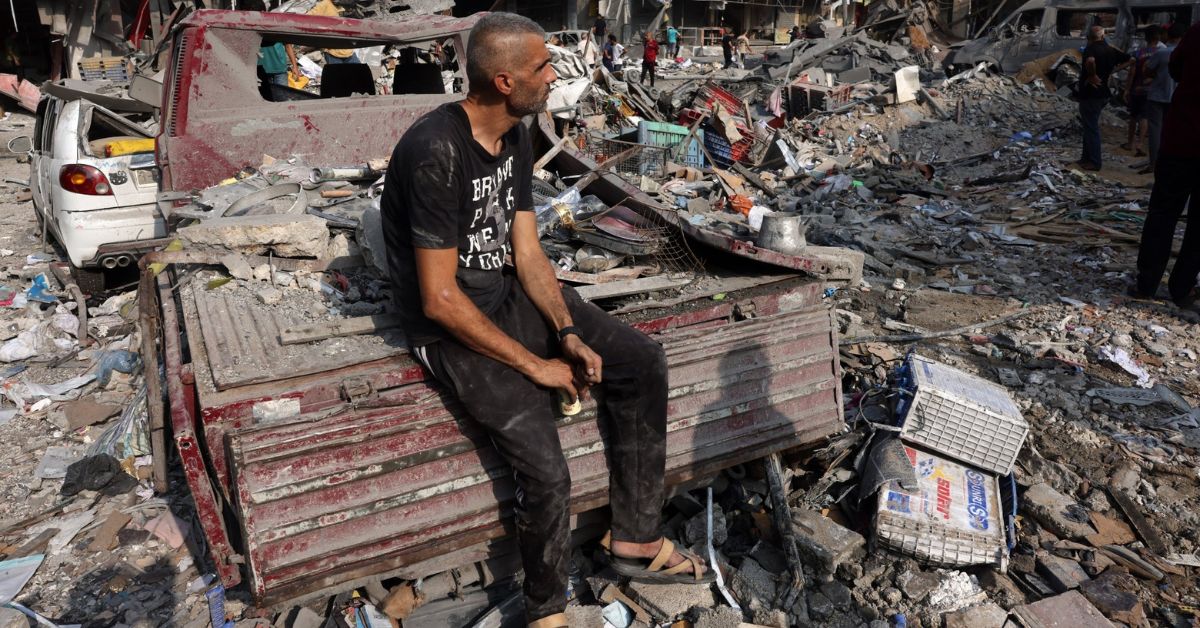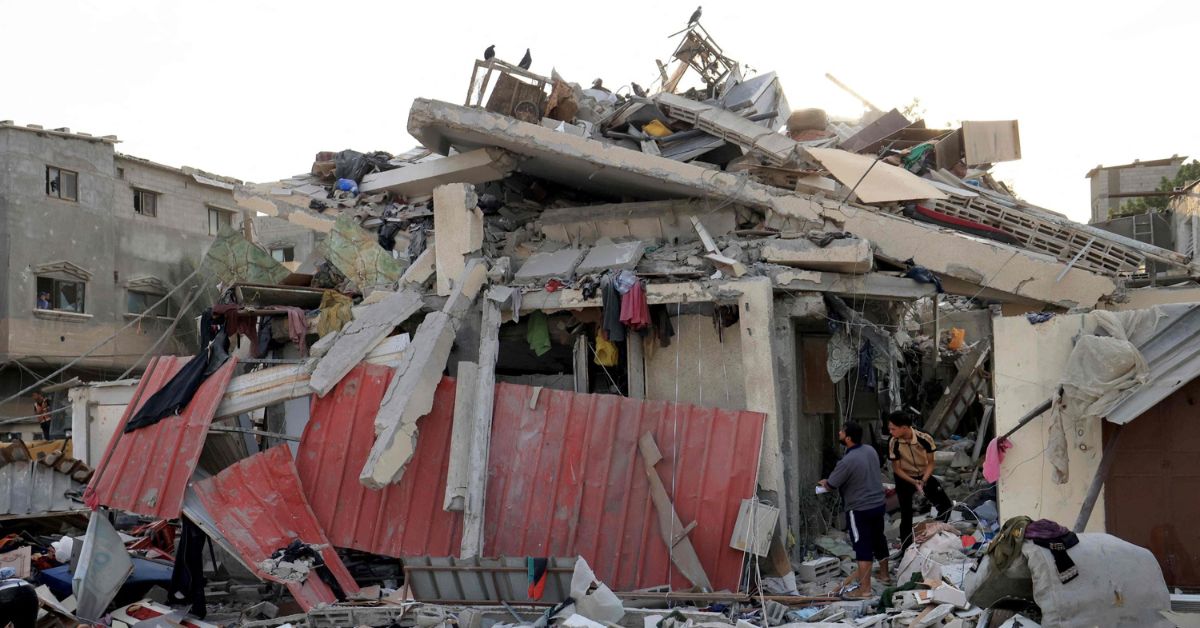DUBAI, UAE — Economists have warned that any escalation in the conflict between Israel and Hamas poses a significant risk to the global economy, potentially leading to higher energy prices and disruption of major trade routes.
A large group of international powers has ramped up diplomatic efforts to contain the ongoing conflict between Hamas and Israel.
Recent events have intensified economists’ concerns that conflict is spreading across the region, presenting a long-term threat to global energy and commercial infrastructure.
“Any Middle East conflict sends shockwaves through the world economy because the region is, first, a crucial supplier of energy, and secondly, it’s a key shipping passageway for global trade,” Pat Thaker, director of the Middle East & Africa region at the Economist Intelligence Unit, told CNBC.
The degree to which oil prices increase and the indirect impact on the global economy will directly correlate with the geographical scope of the conflict, according to Thaker. She added that the oil market is already under strain due to OPEC+ production cuts.
She also noted that the conflict began during a time of “tremendous economic uncertainty” as the war in Ukraine continued, and central banks approached a turning point in their monetary policy tightening cycles.
“For economies that are already in a recession or on the verge of one, further interest rate hikes by the Fed and European Central Bank could push them over the edge,” Thaker said.
“The recent events in Israel and Gaza, when you consider everything, suggest that the impact on economic development is even more severe,” World Bank President Ajay Banga told the Future Investment Initiative (FII) in Saudi Arabia.
“I believe we’re at a critical crossroads,” he added.
At A Glance * Concerns rise over potential higher energy prices and trade route disruptions. * Middle East is a crucial energy supplier and key global trade passageway. * Oil market already strained due to OPEC+ production cuts. * Brent crude futures near $89 a barrel; potential to exceed $100 in extreme scenarios. * Iran's oil production, the world's eighth-largest, could face risks. * Suez Canal, facilitating 15% of global trade, faces potential disruptions. * Emerging markets more vulnerable to energy price hikes; energy is 10% of their typical CPI basket.
The IMF has expressed concerns about the destruction and decline in economic activity resulting from the ongoing conflict.
“When you look at neighboring countries – Egypt, Lebanon, Jordan – the impact channels are already evident,” IMF Chief Kristalina Georgieva remarked at the FII.
“The events in the Middle East are unfolding at a time when growth is sluggish, interest rates are elevated, and the cost of debt servicing has risen due to COVID and war,” she added.
Georgieva’s comments came a day after Wall Street leaders told the forum that the war could significantly impact the global economy, especially if it involves other nations.
“We’re observing increased uncertainty in an already anxious world,” Georgieva noted.
“Countries that rely on tourism are particularly vulnerable; uncertainty is detrimental to tourist inflows,” she said, outlining the potential economic toll on regional countries and highlighting specific risks.
“Investors will be hesitant to engage in such areas. Insurance costs for transporting goods will rise. There’s also the risk of even more refugees in countries that are already hosting many.”
Oil prices initially surged at the onset of the war but later dipped slightly. However, Brent crude futures were trading close to $89 a barrel in Europe on Wednesday morning, while West Texas Intermediate crude futures hovered just below, starting at $84 per barrel.
Thaker anticipates that, in the “extreme scenario” of a regional escalation, markets might face Brent prices exceeding $100 per barrel for a prolonged period. This would translate to “higher global inflation, weaker economic growth,” and predominantly “recessionary conditions.”
In a research note, strategists at J. Safra Sarasin mentioned that oil production from Iran, the world’s eighth-largest crude producer, could be at risk in the event of an escalation, especially if Tehran faces new US sanctions. They estimate such a scenario could reduce global production by up to one million barrels daily.
The provided text is well-structured and coherent. I’ve made some adjustments for clarity, consistency, and adapted the copy to American English spellings:

Moreover, increasing uncertainty regarding Saudi Arabian supplies could easily drive prices up similarly to the surge seen in response to the Ukrainian invasion in 2022. During that period, oil prices had jumped by 30 percent in just two weeks.
The Middle East encompasses some of the world’s most active shipping routes, including the Suez Canal, the Red Sea, the Persian Gulf, and the Strait of Hormuz. This concentration amplifies the economic risks tied to any escalation.
An intensified conflict heightens the risk of attacks on both energy and non-energy trade traversing the Suez Canal. This canal facilitates approximately 15 percent of global trade and 45 percent of crude oil. Thacker notes that 9 percent of refined liquefied natural gas (LNG) tankers and 8 percent of crude LNG tankers utilize this route.
“Any obstruction of these routes could lead to significant disruptions, impacting not only oil prices but the entire global supply chain for energy and other commodities,” she emphasized.
Emerging markets
Elia Oliveros Rosen, Chief Emerging Markets Economist at S&P Global Ratings, pointed out that any sustained increase in energy prices would be particularly concerning for emerging market economies. This is because energy typically constitutes a larger portion of inflationary pressures in these markets compared to developed ones.
In emerging markets, energy comprises about 10 percent of a standard CPI basket. In contrast, it’s 6.9 percent in the United States. This suggests a more pronounced inflationary impact in emerging markets, many of which have transitioned to being net energy importers.







